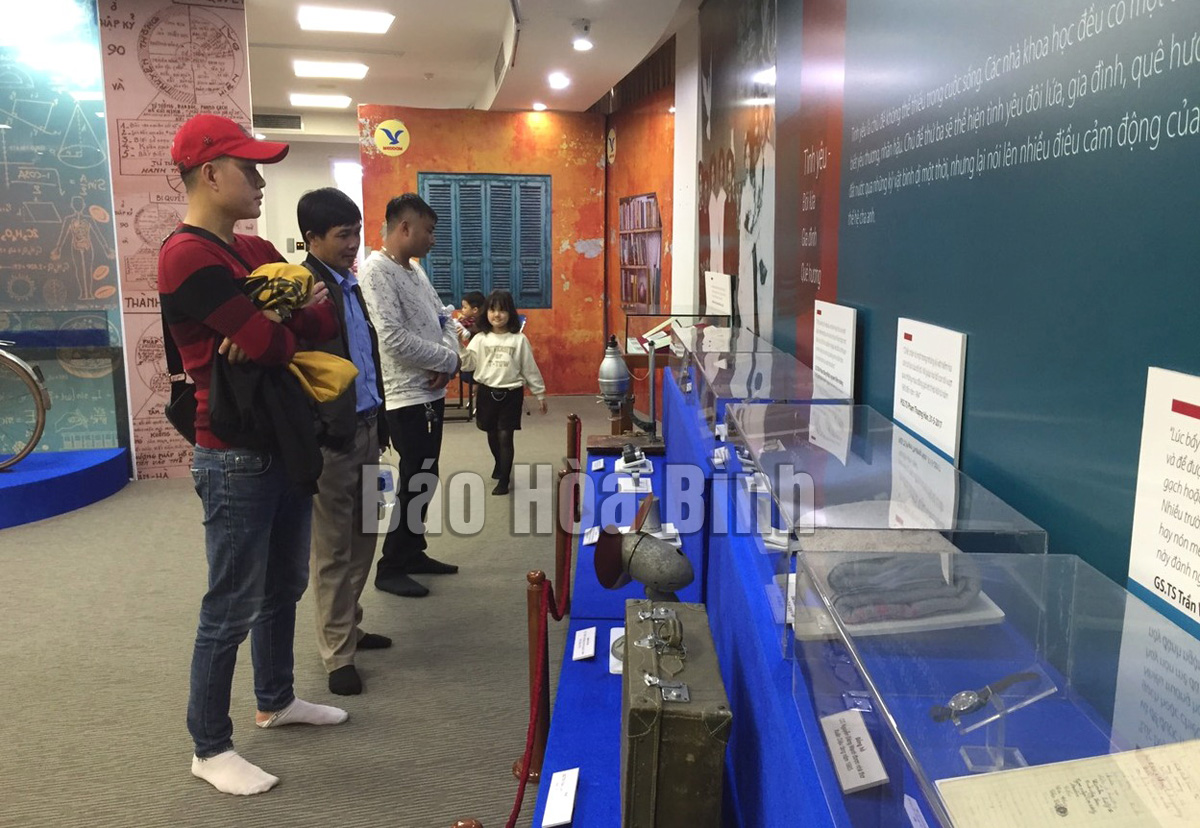According to the assessment of the district People's Committee, in the past
five years, the district has actively and concertedly implemented solutions to
improve the business environment and increase the efficiency of investment
attraction. The committee has created favourable conditions for investors such
as land incentives; tax payment deadline extension, postponement or reduction
to support those affected by the COVID-19 pandemic; helping them solve difficulties
and obstacles in site clearance and compensation. In terms of administrative
reform, the district has maintained and improved the quality management system
in accordance with the TCVNISO 9001:2015 standard.
Notably, the district has flexibly applied mechanisms and policies of the
Government and the province's administration, proposed measures suitable to the
actual situation, and promoted its potential and advantages to attract
resources. To date, the measures have initially proved effective. The district
has successfully drawn a number of investment projects, such as Suoi Trang
hydropower plant in Bac Phong commune, Dao Ngoc (Pearl Island) eco-tourism site
on Da river in Thung Nai commune, Dong An Phu factory in Thach Yen commune,
Binh Thanh eco-tourism resort, and Cao Phong fruit processing factory in Cao
Phong town with a total initial investment of over 600 billion VND (25.8
million USD).
Quach Van Ngoan, Chairman of the district People's Committee, affirmed that to
step up investment attraction, the district will strive to mobilise all
resources, create favourable conditions for the implementation of mechanisms
and policies, and intensify investment promotion. The Party committees and
authorities at all levels will actively implement measures, and disseminate
them to create consensus among locals so as to turn Cao Phong into a new-style
rural district by 2025./.



